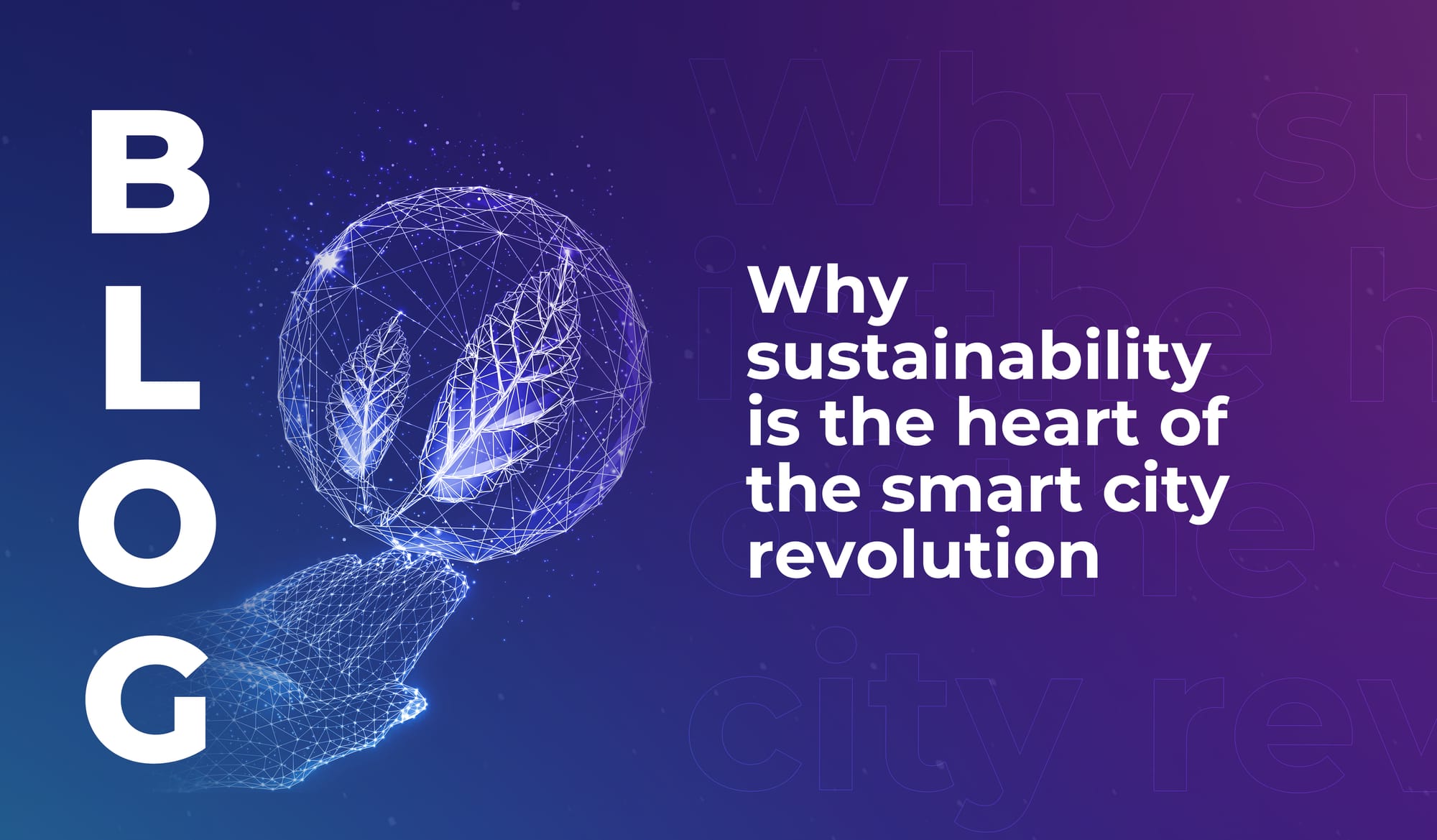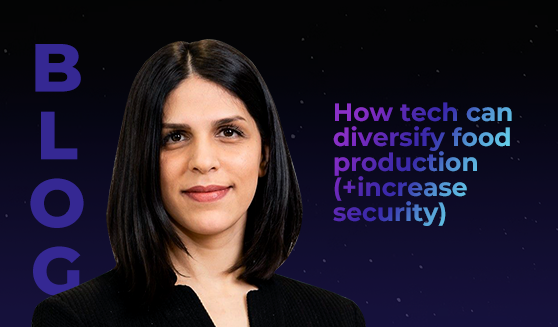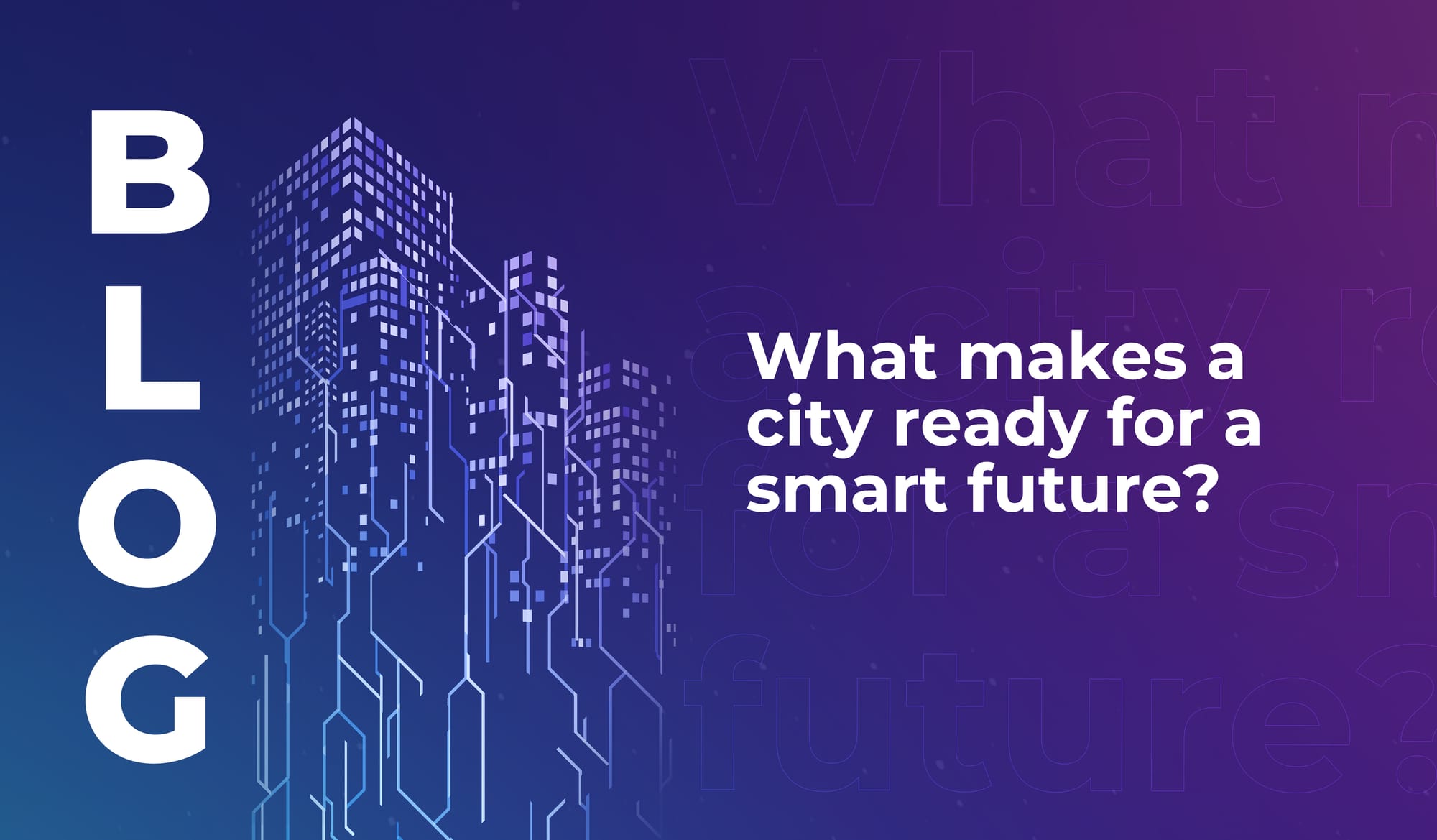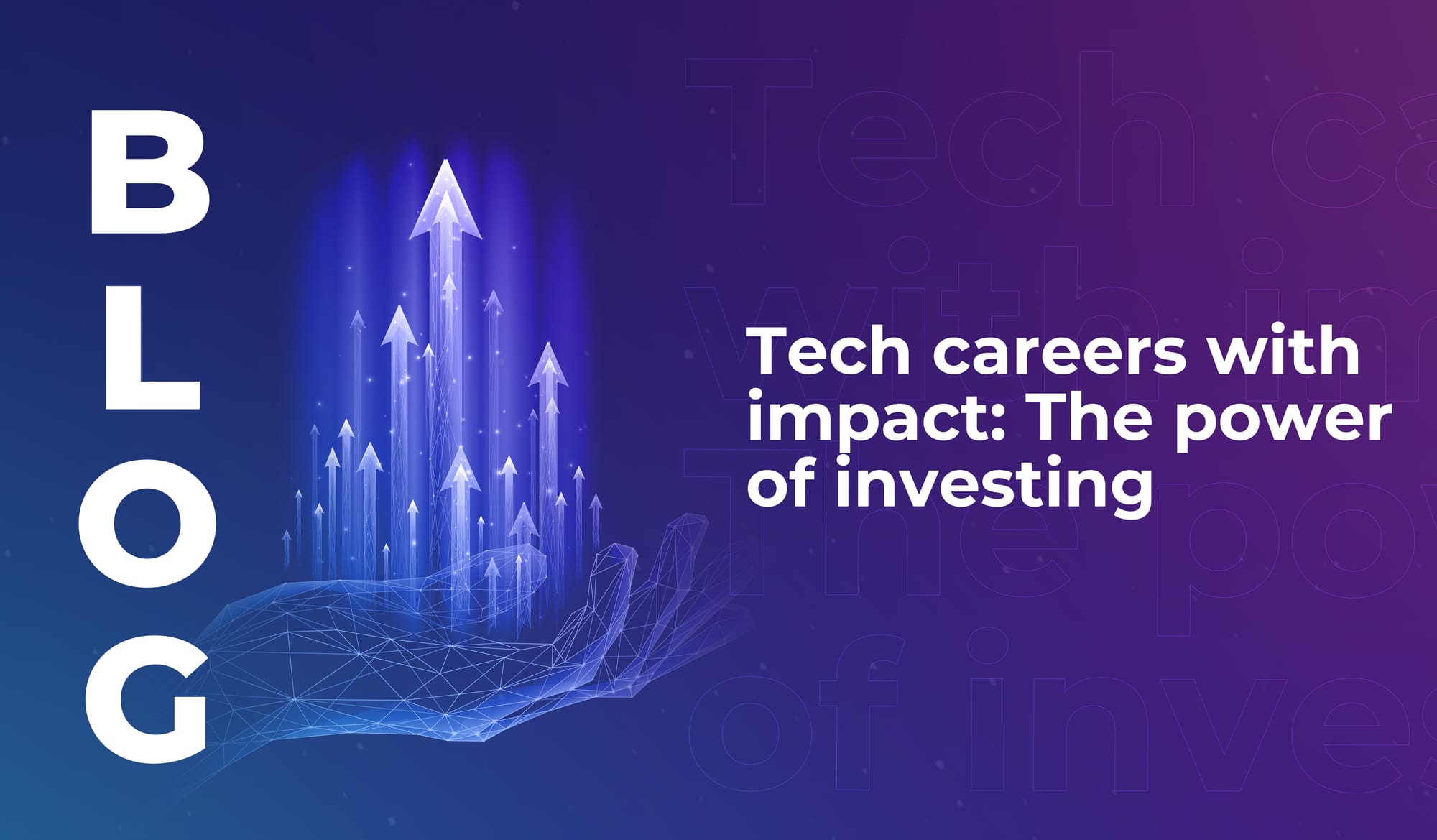
Why sustainability is the heart of the smart city revolution
The smart cities of the future will use tech to lower emissions, cut urban temperatures, and improve quality of life in highly populated areas.


A little while back we interviewed #LEAP23 keynote speaker Arnavaz Schatten (Director of Sustainability at Infarm) to get the lowdown on her work in vertical farming and sustainability.
Schatten said:
“…the idea behind vertical farming is not to replace traditional agriculture – it’s to supplement and improve it, make it more efficient, more urban and more resilient. In the face of the global crises that form our reality today, we will need many more and many different ways of producing and distributing food. And we enjoy being part of the revolution of our food systems.”
In recent months we’ve seen a resurgence of food insecurity in numerous regions around the world. According to the World Food Programme, a staggering 345.2 million people are projected to experience food insecurity in 2023, which is more than double the figure in 2020. Within those millions, over 900,000 people are struggling to survive severe famine. Climate change and extreme weather events are emphasising the fragility of agriculture, while Russia’s invasion of Ukraine has contributed to rising costs in food production – in particular, a global grain and fertiliser prices spiked as it became very difficult to export critical supplies.
Last year, the World Economic Forum identified three levers to address the food security crisis:
And with Schatten’s comments fresh in our minds, it’s clear that technology has an essential role to play within those three levers. Not because one miracle technology will solve world hunger – but because the development of multiple sources of food production can relieve pressure on big agriculture, increase access to regenerative systems, and give communities better access and more autonomy around the food options available to them.
It means we need to support and invest in food tech innovators and startups. Because even small-scale, out-of-the-box ideas could contribute to an overall improvement in food security.
But data shows that food tech investments have slowed down recently. Global VC investment in food tech increased 40x over the last decade, reaching GBP £26.9 billion in 2021, according to UK-based think-tank Nesta. But 2022 saw a sharp drop in VC funding for food tech startups – decreasing by over 50% compared with 2021. Similar figures are reflected in CB Insights’ State of Venture report.
This drop in investments comes at a time when food tech is facing unprecedented challenges in terms of supply chain access and government regulation of food safety and hygiene. But even with those challenges, food tech remains one of the brightest areas of innovation and potential profitability – because we need food, so we need food tech. We can no longer sustain all of the people alive on this planet without innovative food production solutions and new regenerative sources of food.
In a tough investment landscape, profitability is a key focus. Food tech startups can’t just create an amazing product or production solution and assume that funding will roll in: instead, they have to demonstrate a credible go-to-market strategy and show investors how they’ll generate revenue and then profit. And from the investor side, we need to see a resurgence in energy – we need investors with a passion to be a part of increased food security in the future.
Those solution-focused innovators with an eye on profitability, along with dedicated investors, will be the drivers of the food revolution; bringing tech-enabled food to the plates of communities around the world. Food technology has the potential to diversify food production so significantly that food security is inevitable – so let’s keep innovating.

The smart cities of the future will use tech to lower emissions, cut urban temperatures, and improve quality of life in highly populated areas.

Discover the cities that rank highly for smart city preparedness, and learn why locally relevant innovation is more important than cutting-edge tech.

If you’ve ever thought about becoming a tech investor, read this – learn why investors are the quiet force shaping the future of the industry.

The smart cities of the future will use tech to lower emissions, cut urban temperatures, and improve quality of life in highly populated areas.

Discover the cities that rank highly for smart city preparedness, and learn why locally relevant innovation is more important than cutting-edge tech.

If you’ve ever thought about becoming a tech investor, read this – learn why investors are the quiet force shaping the future of the industry.